How to Choose the Best Turf for High Traffic Areas
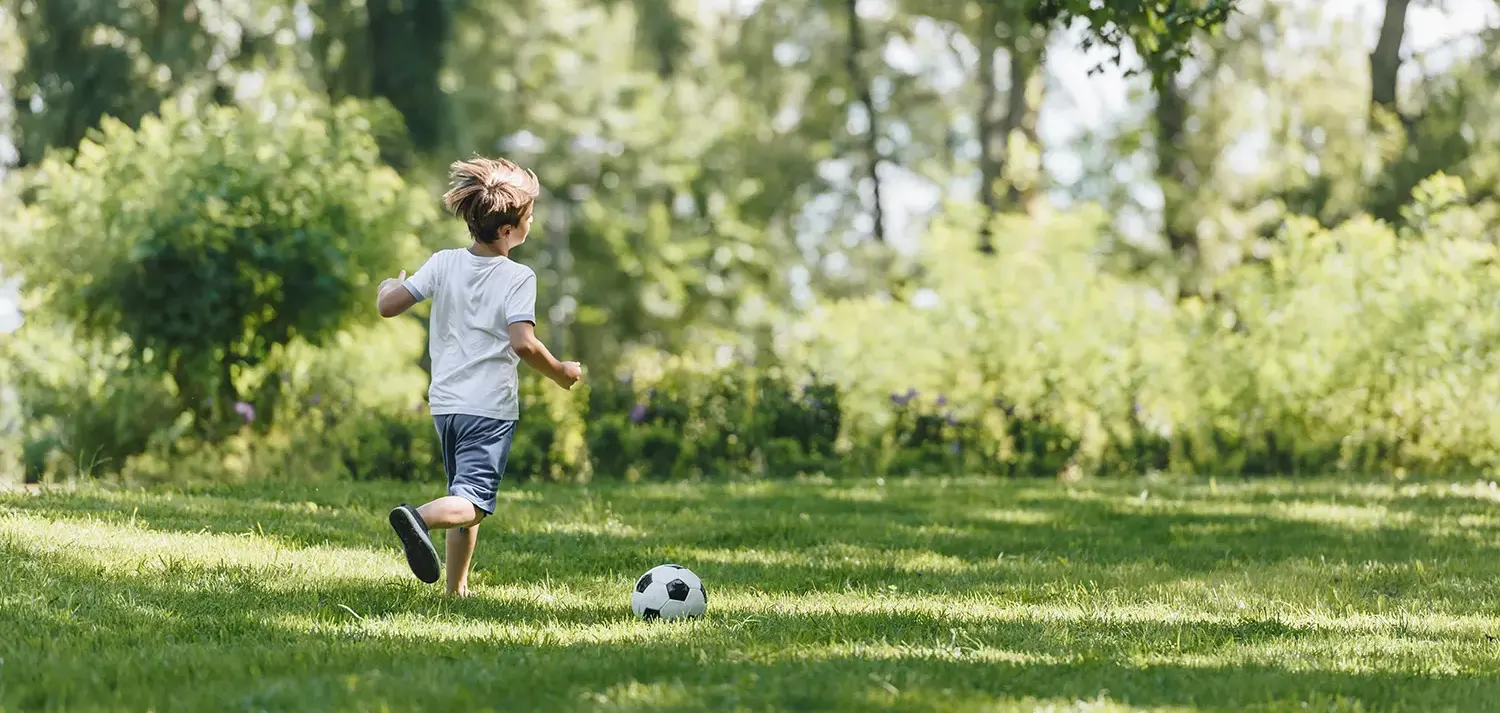
A vibrant, green lawn enhances both the appearance and value of any property, but maintaining that perfect lawn can be challenging if you have areas with heavy foot traffic.
Whether it’s a backyard that sees daily playtime, a sports field hosting regular games, or a commercial space with constant use, choosing the right type of grass for high-traffic areas is essential. In this blog, we’ll explore the best options for tough, durable turf, the factors to consider when making your choice, and essential tips for lawn maintenance to ensure a long-lasting, vibrant lawn.
Why Strong Grass is Crucial for High-Traffic Areas
Heavy foot traffic stresses the grass, leading to thinning, bare spots, and patchy areas. In these high-traffic environments, weak grass varieties simply can’t survive. That’s why choosing strong, resilient grass is critical.
These grasses are specifically bred to withstand daily use, recover quickly from damage, and maintain a uniform appearance even under harsh conditions. The right type of grass will have deep roots, quick recovery times, and a durable structure, allowing it to bounce back after being walked on repeatedly.
Top Grass Types for High-Traffic Areas
Different types of grass perform better in various climates, making it important to consider both warm-season and cool-season grasses depending on where you live. Here are some top options that provide strong, durable coverage for high-traffic areas:
Kentucky Bluegrass
Kentucky Bluegrass is a popular choice for high-traffic lawns due to its ability to self-repair. It’s often blended in grass seed mixes to add durability and wear tolerance. With deeper roots and a dense, thick appearance, Kentucky Bluegrass is ideal for areas with frequent use. However, it performs best in cool-season climates, so it may struggle in areas with extreme heat.
Perennial Ryegrass
If you’re looking for fast germination and quick visible results, Perennial Ryegrass is an excellent option. Known for its ability to establish quickly, it’s perfect for areas that need rapid recovery
from wear. Though it thrives in cool-season climates, it can also be mixed with other grasses to enhance its performance in warm-season regions. Ryegrass is often used in sports fields and play areas because it can withstand high foot traffic without showing signs of stress.
Bermuda Grass
Bermuda Grass is a great choice for warm-season climates, especially in regions prone to heat and drought. Its durability and tolerance for hot weather make it a favourite for high-traffic lawns. Bermuda Grass has strong roots that allow it to recover quickly after being trampled, making it ideal for playgrounds, sports fields, and sunny backyards. While it requires more sunlight than some other grasses, its strong, resilient structure makes it well-suited for tough conditions.
Zoysia Grass
Another excellent choice for warm-season areas, Zoysia Grass is known for its ability to form a dense, carpet-like turf. Its tight growth pattern helps it resist damage from foot traffic, and it can tolerate both heat and drought. Zoysia is slow-growing, which means less frequent mowing and fewer maintenance needs, but it also takes longer to establish. Once established, though, it’s one of the most durable and resilient grass types for high-traffic zones.
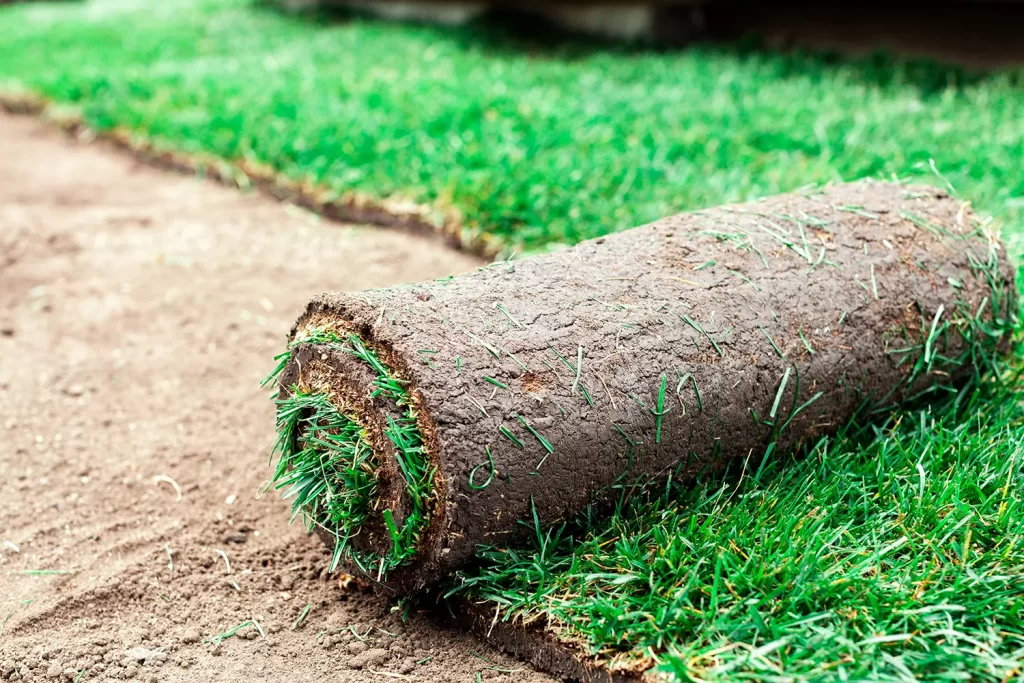
Factors to Consider When Choosing Strong Grass
Selecting the best turf for high-traffic areas isn’t just about choosing the toughest grass—it’s about finding the right balance for your region, soil, and conditions. Here are some factors to keep in mind:
Climate
Grass varieties fall into two main categories: cool-season and warm-season grasses. Cool-season grasses thrive in cooler climates and grow most actively in spring and fall, while warm-season grasses perform best in hot, sunny environments and have their growing season in the summer. Choosing the right type for your climate is crucial for long-term success.
Soil Type
The soil type in your yard influences how well your grass will grow. Good drainage is essential for healthy turf, so if your soil tends to hold water or become compacted, consider aerating it regularly. Some grasses, like Bermuda Grass, prefer sandy soils, while others, like Kentucky Bluegrass, can tolerate a variety of soil conditions as long as they are well-drained.
Sunlight
Different grasses have varying light requirements. Some, like Bermuda and Zoysia, need full sun to thrive, while others, such as Kentucky Bluegrass, can tolerate partial shade. Knowing how much sun your high-traffic area gets will help you choose a grass that can thrive there.
Lawn Maintenance Tips for Strong Grass
Once you’ve chosen the right grass for your high-traffic area, lawn care and maintenance are essential to keep it looking lush and healthy. Here are some maintenance tips to help your grass thrive:
Watering
Proper watering is critical to establishing deeper roots and maintaining a healthy, strong lawn. Water deeply and infrequently to encourage your grass to develop roots that can withstand heavy use. This is especially important in warm-season climates where heat and drought can cause stress.
Mowing
Regular mowing at the correct mowing height is crucial to keeping your grass thick and resilient. For most grasses, a height of 2-3 inches is ideal, but check specific recommendations for your grass variety. Be sure not to cut more than one-third of the grassblade at a time to prevent stress.
Aeration
High-traffic areas often experience soil compaction, which can hinder root growth. Aerating your lawn once or twice a year helps reduce compaction and improves air and water flow to the roots, resulting in a healthier lawn.
Overseeding
Overseeding with a grass seed mix can help fill in bare spots and maintain a thick, resilient lawn in areas with extreme wear. This is especially helpful in high-traffic areas where grass may wear down over time.
Choose the Right Turf
Choosing suitable grass for high-traffic areas can make all the difference in maintaining healthy lawn that stands up to heavy use. Whether dealing with daily foot traffic in a busy backyard or managing a sports field, selecting durable grass types like Kentucky Bluegrass, Perennial Ryegrass, Bermuda Grass, or Zoysia Grass will ensure your turf looks great year-round. Combine smart grass selection with proper lawn maintenance, and you’ll enjoy a beautiful, strong lawn that can withstand anything life throws its way.
For expert advice and premium products to keep your lawn thriving, contact Lavington Turf Farms today and take the first step towards a perfect, high-traffic lawn.
The Best Time To Lay Sod in The Okanagan & BC Interior
Family owned and operated since 1988, we have been providing top quality sod and turf for many applications including: residential, golf and sports fields. Our experience comes from years of practice – and our roots run deep within the industry. With all that being said, to put it simply; we know turf/sod and the Okanagan pretty well.
With Spring fast approaching – it’s no question that residents within the Okanagan & BC Interior have been planning new projects that could include; beautiful lawns for their yards, new golf courses or creating/expanding a sports field! But how do you know when is the right time to lay sod? While it seems pretty straight forward, there are better times to lay sod to ensure you end up with lush, low-growing, thick grass.
Let’s get rolling!
When is the best time to lay sod in the Okanagan?
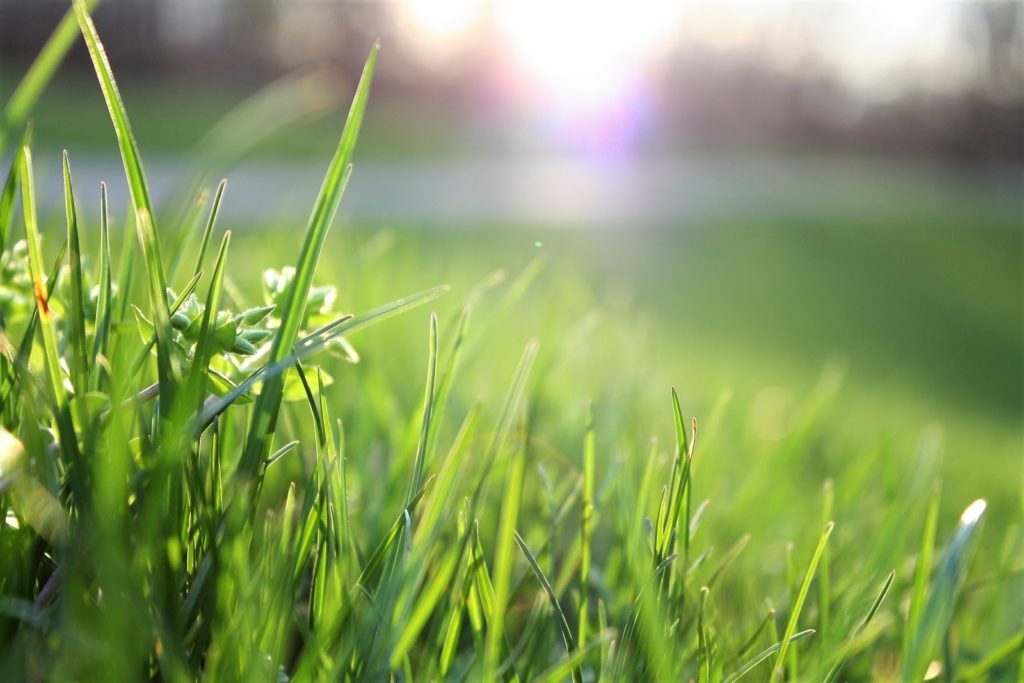
Due to the warm summers with low humidity, and the mild winters; the Okanagan’s semi-arid climate is the perfect location to start your sod/turfing needs. Within Okanagan and Interior British Columbia, you can install turf any time from early spring to late fall.
Spring to late fall is an ideal time range because that’s when the ground can be easily worked with, and tilled to prepare for perfect sod application. That being said, we strongly believe that with the right preparation, there is no need to wait for the “right” season to put on your lawn!
The right preparation means ensuring the ground is in it’s best condition to retain sod, measuring your sod to ensure it lays correctly, and keeping up with the sod’s maintenance to ensure you produce long roots and beautiful grass. For more information on getting started, this page will let you know everything you need about sod preparation, and maintenance.
Tips for laying sod in the Spring
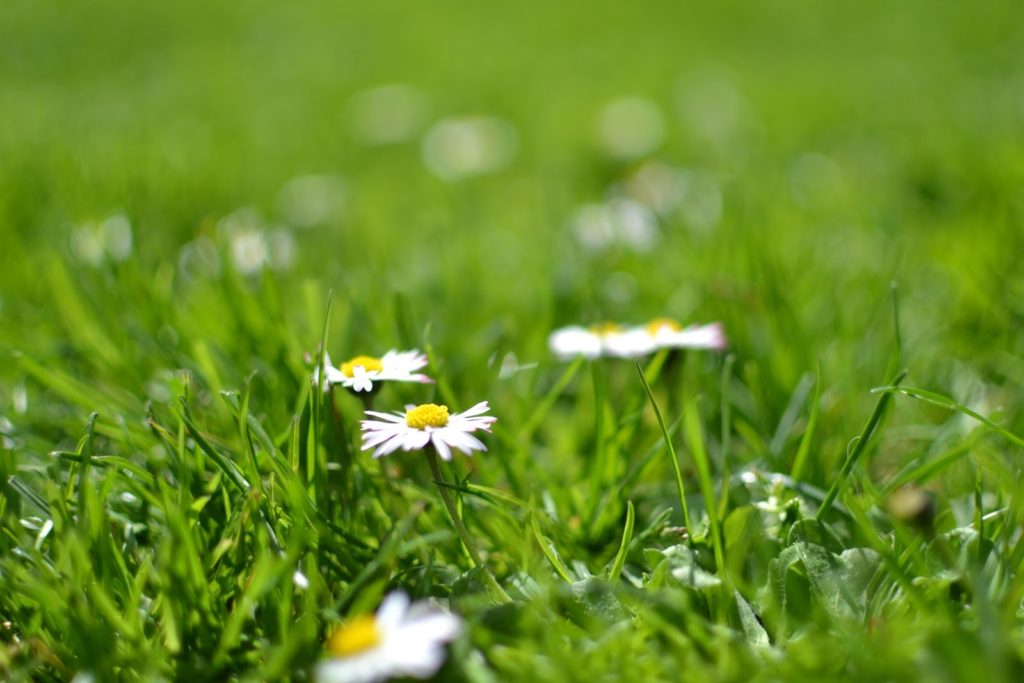
Spring is a fantastic time to lay down some new sod – but the warm to cool temperatures can come with a few drawbacks.
The occasional rain fall will greatly help the sod quickly root – but be warned, too much rain means muddy soil, which can make it more challenging to apply sod. We recommend not applying sod after a full rainfall – but being strategic with the application. Damp soil is great, and a huge advantage for your sod to quickly root – just be sure to act fast, and not wait for your soil to turn to mud!
With the transition from winter to spring – comes the expectancy of morning frost as well. Be sure to not walk too much on the new sod after frost, or else it could damage your new grass. For the spring, nutrients, sunlight and rain are abundant – it is an excellent time to lay your sod down.
Tips for laying sod in the Summer
As mentioned before, laying sod can be done the majority of the year – however, there are some important notes to keep in mind when laying sod in the summer. The Okanagan summers can typically be quite hot, and while it may be tempting to water your sod often – be sure to not over water it. Ideally, you will want your soil to be damp 3-4 inches below its surface.
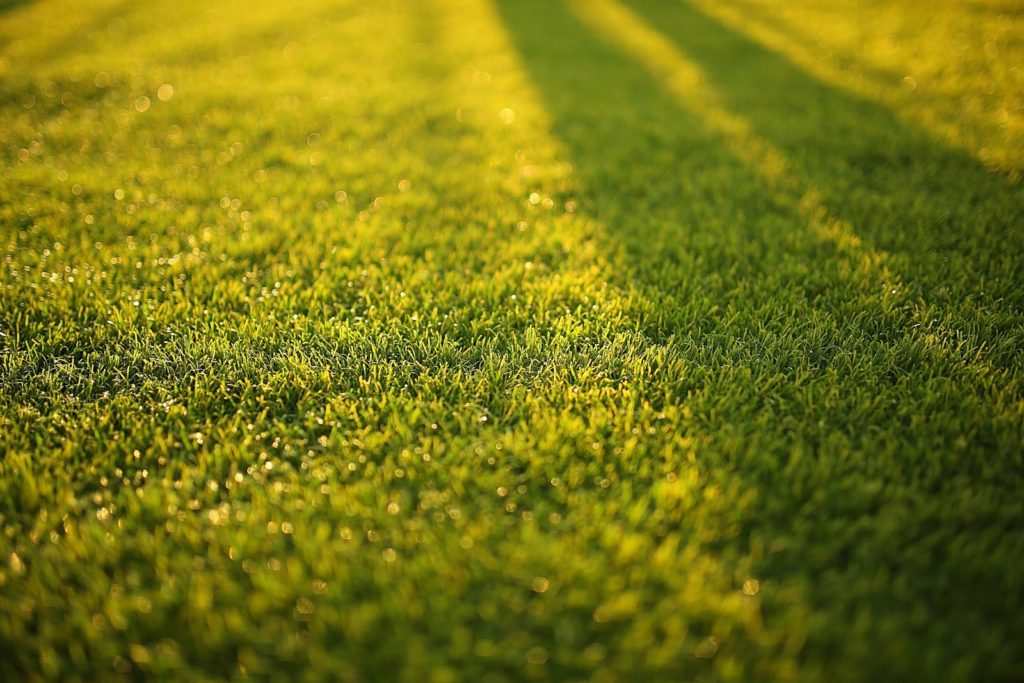
Due to the nature of the summer temperatures – its most ideal to water your sod in the early mornings, and late afternoons. These times give the water more chances of soaking directly into the soil – watering during the day could mean, on those hot days, the water evaporating before ever reaching your soil, resulting in your sod not rooting.
Tips for laying sod in the Fall
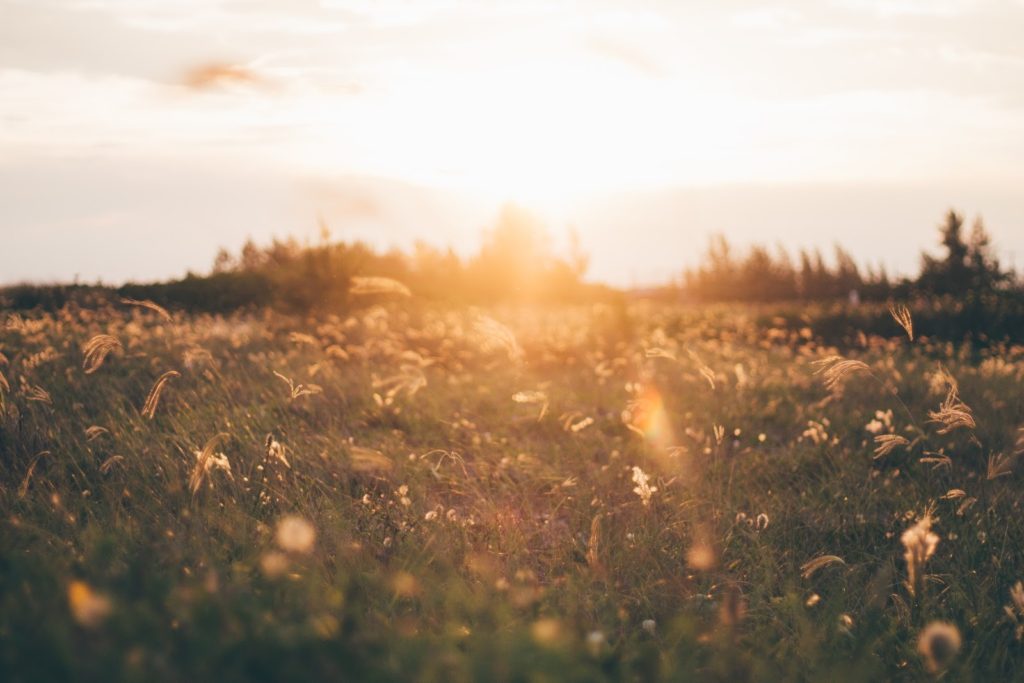
While the fall within the Okanagan can be unpredictable and range from warm to cold – it’s still an excellent, and most times, ideal season for laying sod! Keep in mind that laying sod shouldn’t be done in below freezing temperatures – but rather, on those warmer days.
Fall is the preferred season to lay sod due to cooler temperatures; meaning less risk of the sod overheating and drying out. That being said, it’s still a good practice to water your sod often – but compared to summer months, you won’t have to fear your sod drying out.
Your sod will love the cooler temperatures, but so will you – these cooler temperatures also make for great working conditions!
Conclusion
Whatever your sod or turfing needs are – it’s always a great time to install within the Okanagan. While each season supplies its own advantages and disadvantages, you are always guaranteed fantastic results and growth following our best practices. After all, the success of your lawn really comes down to the preparation you have for the elements – rather than the elements themselves.
At Lavington Turf Farms, we want you to have the best experience possible when applying your sod, and end up with the best results. Our quality sod is perfect for battling the elements to give you lush, low-growing grass any time of the year.
The seasons can be unpredictable, but Lavington Turf Farms isn’t. From our field to your yard, we offer fast delivery and the ability to pick up at the farm direct.
For more information or a free quote for your project, please visit this page on our website.